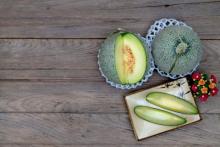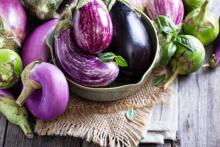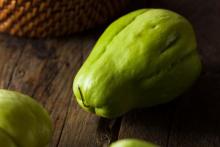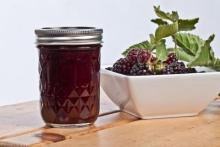Superfood 101: Horseradish!
Horseradish is a member of the family Brassicaceae, commonly known as the Mustard family of the genus Armoracia G. Gaertn., B. Mey. & Scherb. or armoracia P of the species Armoracia rusticana G. Gaertn., B. Mey. & Scherb. or horseradish P.










